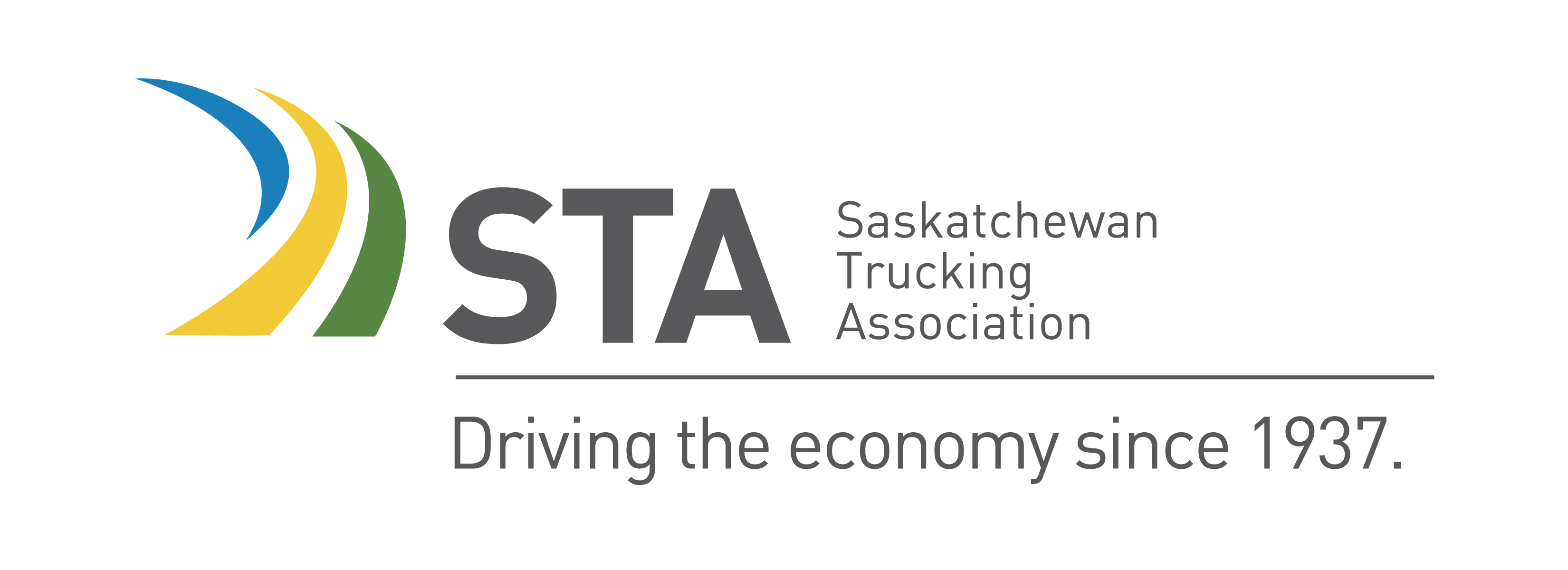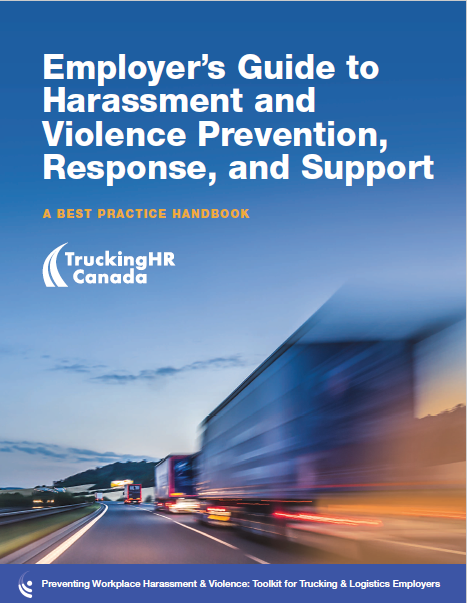We have a suite of HR compliance tools to help you.
Bill C-65 introduced new Workplace Harassment and Violence Prevention Regulations–effective as of January 1st, 2021. What does this mean for your organization?
Federally regulated employers will have new obligations to:
- Prevent workplace harassment and violence.
- Respond effectively and in a timely manner to incidents.
- Support for affected employees.
Based on these three pillars, the new Regulations introduce requirements that all federally regulated employers must meet:
- Implementing joint roles and responsibilities shared with either the policy committee, the workplace committee, or the workplace health and safety representative;
- Assessing the risk of harassment and violence in the workplace and developing a prevention plan;
- Developing emergency procedures for critical incidents in the workplace;
- Developing a new Workplace Harassment and Violence Prevention Policy;
- Following new requirements, timelines, and procedures related to the complaint resolution process;
- Providing more options for workers to have their issues resolved (respecting employee rights to request formal investigation);
- Appointing a Designated Recipient of workplace harassment and violence complaints;
- Providing mandatory workplace harassment and violence prevention training;
- Providing information on local support services to help employees recover and return to work after an incident of workplace harassment and violence; and
- Record-keeping and reporting requirements.
Trucking HR Canada is dedicated to supporting fleets as they adapt to new requirements. With trucking industry-specific training and resources, we will give you the tools you need to stay informed and help you meet requirements.
Discover a suite of engaging training modules designed to ensure that your company stays on track with mandatory training requirements. Industry-specific workplace harassment and violence prevention training modules provide training solutions for employers, employees, and for individuals managing workplace complaints. Trucking HR Canada training courses are developed to provide you with everything you need to know about Bill C-65 and the Workplace Harassment and Violence Prevention Regulations.
Consult this resource for a sample Workplace Harassment and Violence Prevention Policy, with tips on compliance and best practices. Developed in partnership with legal and HR professionals, this resource will give you the information you need to create a compliant policy.
Consult this resource for a detailed summary of your obligations as they relate to the Workplace Harassment and Violence Prevention Policy.
Consult this resource to help you monitor your company’s practices and ensure compliance with risk assessment requirements under the Regulations.
Consult these resources for a high-level overview of the changes introduced by Bill C-65 and the new Workplace Harassment and Violence Prevention Regulations. The guides explain new rights and obligations, and provide industry-specific information on who the law applies to.
Many employers have questions and concerns about the Designated Recipient of workplace harassment and violence complaints. This guide will help employers understand the roles and responsibilities of the Designated Recipient. It also provides a detailed overview of the skills, competencies and training that can help Designated Recipients excel in their role.
Consult this infographic for an overview of the steps and procedures involved in resolving a complaint of workplace harassment or violence.
- Employer’s Guide to Harassment and Violence Prevention, Response and Support A Best Practice Handbook
- French Version: Guide de l’employeur pour la prevention, l’intervention et le soutien contre le harcalement et la violence
The new Employer’s Guide to Harassment and Violence Prevention, Response, and Support is a comprehensive reference tool designed to support federally regulated employers as they adapt to new Labour Code requirements. Covering all areas of the Workplace Harassment and Violence Prevention Regulations, this handbook includes checklists, compliance and HR tips, and sample workplace materials.
This guide is available for those who sign up for our training!


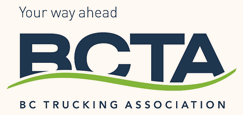
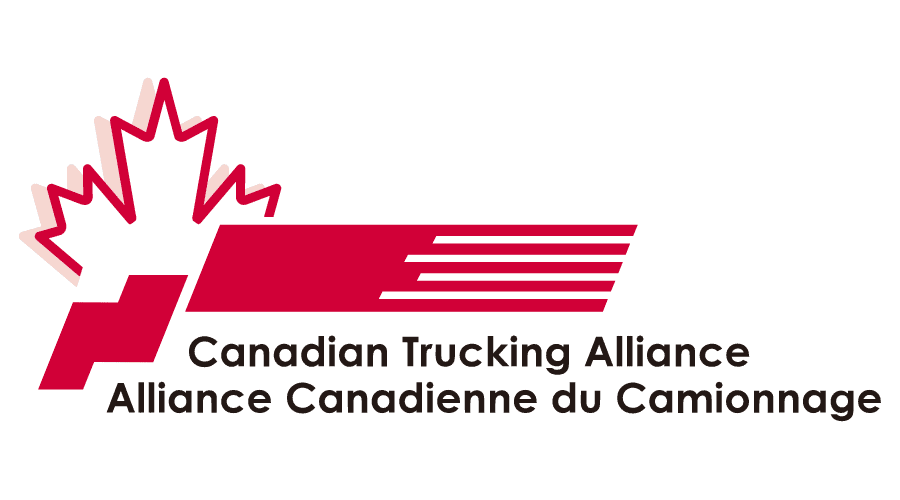

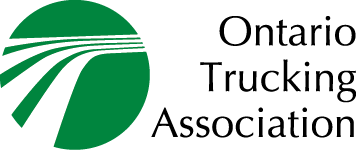 ? ? ? ?
? ? ? ?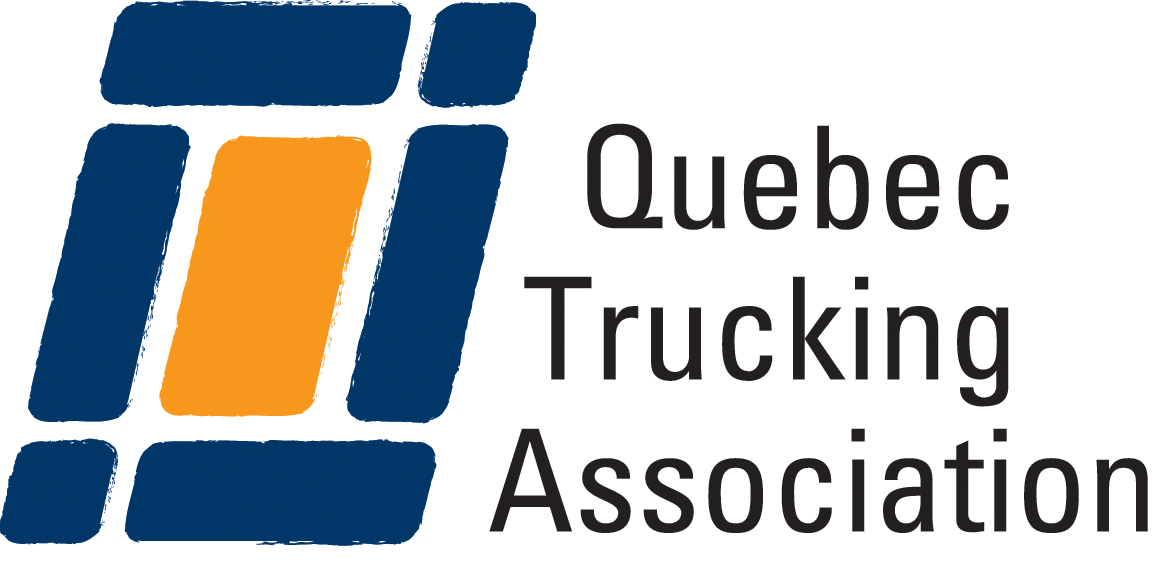 ? ?
? ? 